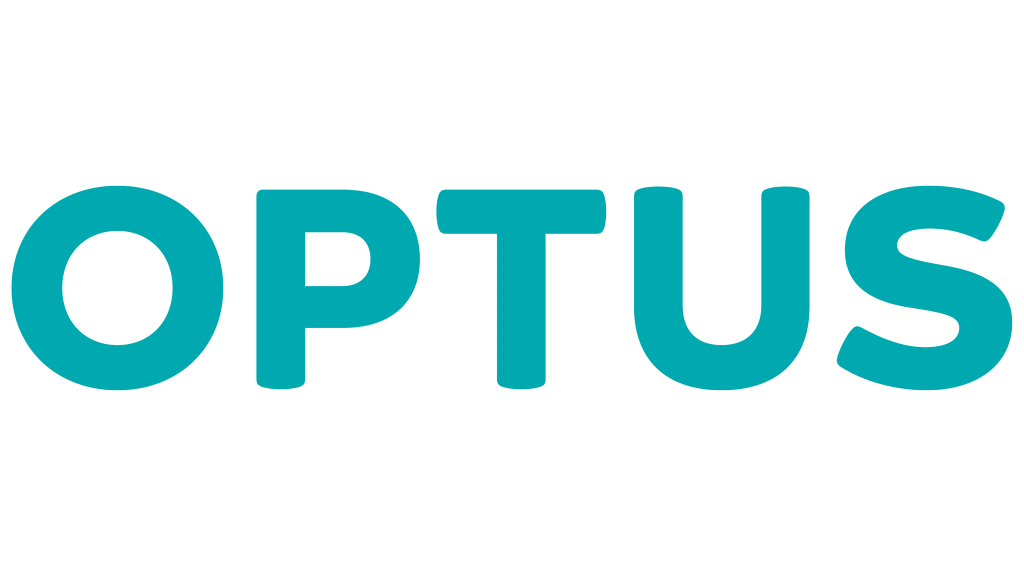Home > Internet Plans > Satellite NBN Plans
Compare Satellite NBN plans available in your area from trusted Australian providers through Savvy today.
Author
Savvy Editorial TeamFact checked





We’ve partnered with Econnex to bring you a range of internet plans to help you compare them.
Satellite NBN plans provide internet access via satellite signals, making them an essential lifeline for residents in rural and remote areas. If you live rurally, a Satellite plan may be the only NBN option available to you. However, it’s still important to compare offers before you buy, which is where Savvy can help.
Our user-friendly online comparison service empowers you to seamlessly explore and evaluate the top Satellite NBN plans offered by leading Australian providers, ensuring you find the perfect plan for your unique needs. Take the first step today by obtaining a free, no-obligation quote through our platform, and unlock the full potential of Satellite NBN connectivity.
Satellite NBN is a type of internet service in Australia which utilises satellite technology to provide internet access to homes, especially those in remote or rural areas where traditional wired connections aren’t feasible. These are achieved through a Sky Muster satellite connection.
Here's how it works:
Satellite NBN provides an internet lifeline for those in remote areas, offering reliable internet access where traditional options are limited or unavailable.
The speed of Satellite NBN internet can vary depending on several factors, including the specific plan you choose, network congestion and weather conditions. Typical Satellite NBN plans offer download speeds ranging from 12Mbps (Sky Muster) to 25Mbps (Sky Muster Plus), with upload speeds ranging from 1Mbps to 5Mbps. However, some may also now have access to Sky Muster Plus Premium, which could offer download speeds of up to 100Mbps.
It's important to note that Satellite NBN may not provide the same fast speeds as other types of NBN connection, such as Fibre to the Premises (FTTP) or Hybrid Fibre Coaxial (HFC), which can theoretically reach top speeds of up to 1Gbps. The satellite technology used introduces some latency due to the distance data must travel between the Earth and the satellite in space.
While Satellite NBN is a lifeline for many in remote areas, it's essential to explore alternatives if they’re available in your location. Some potential alternatives to Satellite NBN include:
The availability of these alternatives depends on your specific location and the infrastructure in place. To explore your options, you can check with different internet providers’ websites to see what services are accessible in your area. Each option comes with its own set of advantages and limitations, so consider your needs, location and budget when choosing the best NBN solution for your home.
Yes – there are Satellite NBN plans available in Australia today which offer unlimited data. This is crucial for Australians who need access to internet but don’t wish to rely on capped data usage for their home. Unlimited data has become possible through Sky Muster Plus Premium plans, so if these are available to you and you wish to access uncapped internet, it’s worth comparing your options.
The entire comparison process is free with us, meaning you can use it as many times as you like.
You’ll be able to consider competitive offers from some of Australia’s leading internet providers before you buy.
You can compare plans 24/7 with our online form regardless of where in Australia you’re living.
The primary differences between Satellite NBN and wired NBN connections lie in the technology and infrastructure used.
The time it takes to connect to the NBN via satellite can vary depending on factors like your location, the provider you choose and any existing infrastructure. In some cases, it can take a few weeks to a couple of months from the time you apply for a Satellite NBN service to when it's installed and activated. Delays may occur due to equipment availability and installation schedules.
Satellite NBN is primarily designed to serve rural and remote areas with limited access to other NBN technologies. If you live in an urban or suburban area where wired NBN options like FTTP, FTTN, or HFC are available, you typically won't have the option to choose a Satellite NBN connection.
Disclaimer:
Savvy is partnered with Econnex Comparison (CIMET Sales Pty Ltd, ABN 72 620 395 726) to provide readers with a variety of internet plans to compare. We do not compare all retailers in the market, or all plans offered by all retailers. Savvy earns a commission from Econnex each time a customer buys an internet plan via our website. We don’t arrange for products to be purchased directly, as all purchases are conducted via Econnex.
Any advice presented above is general in nature and doesn’t consider your personal or business objectives, needs or finances. It’s always important to consider whether advice is suitable for you before purchasing an internet plan. For further information on the variety of internet plans compared by Econnex, or how their business works, you can visit their website.
Quantum Savvy Pty Ltd (ABN 78 660 493 194) trades as Savvy and operates as an Authorised Credit Representative 541339 of Australian Credit Licence 414426 (AFAS Group Pty Ltd, ABN 12 134 138 686). We are one of Australia’s leading financial comparison sites and have been helping Australians make savvy decisions when it comes to their money for over a decade.
We’re partnered with lenders, insurers and other financial institutions who compensate us for business initiated through our website. We earn a commission each time a customer chooses or buys a product advertised on our site, which you can find out more about here, as well as in our credit guide for asset finance. It’s also crucial to read the terms and conditions, Product Disclosure Statement (PDS) or credit guide of our partners before signing up for your chosen product. However, the compensation we receive doesn’t impact the content written and published on our website, as our writing team exercises full editorial independence.
For more information about us and how we conduct our business, you can read our privacy policy and terms of use.
© Copyright 2024 Quantum Savvy Pty Ltd T/as Savvy. All Rights Reserved.
Our consultant will get in touch with you shortly to discuss your finance options.
